If you have a picky eater and are looking to expand their world by introducing them to some new foods and flavors, here’s a list of 75 new foods to try!
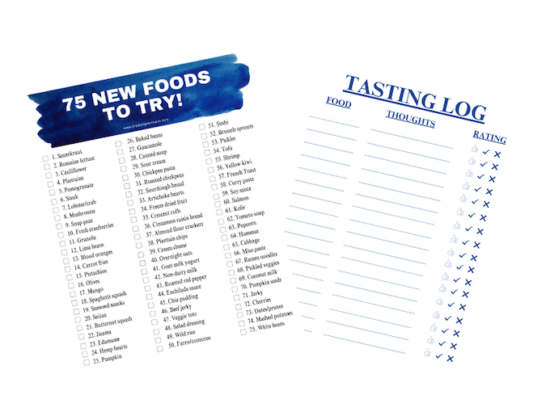
*Originally published 9/23. Updated 6/25*
Hi friends!
Over the summer I decided it was time to get my kids excited again about trying new healthy foods at home. But not just healthy foods. We started a chart for each of them and wrote down and celebrated everything new that they tried – even things like desserts and types of candy.
The goal was not to get them to try specific foods, it was just to get them excited about trying new things in general and to find some new and exciting ingredients to cook with! Their list included everything from pound cake and candy to fruits and vegetables to multigrain chips. If they hadn’t tried it before and were willing to take a bite, it went on the list!
I also had them record their response – a smiley face for like it, a check mark for just ok, and an x for no thank you.
New Foods To Try With Kids
It was fun to watch their excitement grow as their list grew, and since there are 3 of them, there was often a little friendly competition to see who could try the most things to add to their lists.
When I shared this on Instagram, I had a lot of people interested in a list of new foods for their kids to try. Something they could use as a starting point to get ideas for introducing new foods to their kids. So I made one!
There are no set rules about the best ways to try new foods. Pick a day and try a whole bunch at once, or set a goal to try one new ingredient a week!
How Can I Introduce My Kids To New Foods
One of the best ways to get kids interested in trying new foods is to let them pick! Watch cooking shows, take them to the grocery store, flip through cookbooks and let them choose things that look interesting or yummy to them. Then do some research together to figure out the best way to use the ingredients.
Another option is to pick one thing and try it multiple ways. Say you’re going to try broccoli – make some roasted, some steamed, some sauteed, and some raw with dip and let them try all of them and rate their favorites!
Foods To Expand Your Palate
If the bigger list seems overwhelming and you’re specifically looking to expose a kiddo to a certain type of food to broaden their horizons, here are some categories you could start with:
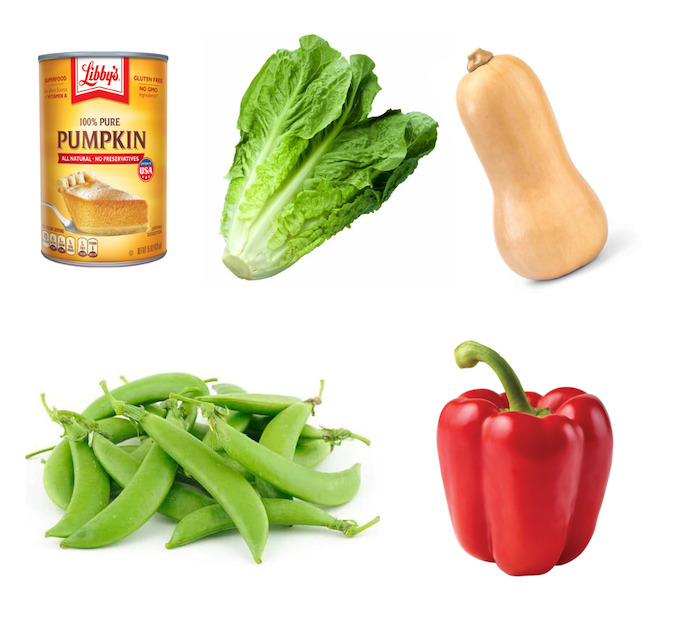
10 New Vegetables To Try
If you’re looking to start with vegetables, here are 10 new vegetables to try. These extend beyond what seem to be the typical first veggies for kids- carrots, corn, sweet potato, peas, etc.
Romaine Lettuce
- A good source of Vitamin A and Vitamin K and it’s super crunchy.
- For a lot of kids, romaine can be a good gateway lettuce into salads.
- Cut into larger chunks and encourage them to pick them up with their fingers and dip in salad dressing!
Snap Peas
- Provide some Vitamin C and fiber.
- These can be fun for kids to explore. Have them crunch into them whole, or peel them open, count the peas inside, taste the peas etc!
Butternut Squash
- High in Vitamin A and C and magnesium.
- Yellow and orange veggies have been shown to be particularly effective at protecting against heart disease.
- Cube it and make this Roasted Butternut Squash with Cinnamon.
- Puree and use in these Chocolate Squash Muffins.
- Or try adding it to Butternut Squash Mac and Cheese.
Red Bell Peppers
- A great source of Vitamin C and Vitamin A and they have some fiber.
- They’re naturally a bit sweet and be eaten both raw and cooked.
- Try serving them raw with a dressing or dip for dipping, adding finely diced bell peppers as a pizza topping.
- Roast them to make a sauce like this Red Pesto For Babies and Toddlers.
- Or make a grilled cheese sandwich with roasted red peppers!
Pumpkin
- Contains antioxidants and is a good source of Vitamin A and has some fiber!
- Pumpkin is most commonly found canned in grocery stores and can be used in a variety of ways.
- Add it to baked goods like this Pumpkin Bread or Maple Pumpkin Bars for breakfast.
- Mix it into breakfast favorites like Pumpkin Pancakes or Easy Pumpkin Oatmeal.
- Or try it in more savory recipes like Pumpkin Pizza Rolls.
- It mixes well into sauces for things like Pumpkin Mac and Cheese, or One Pot Pumpkin Pasta.
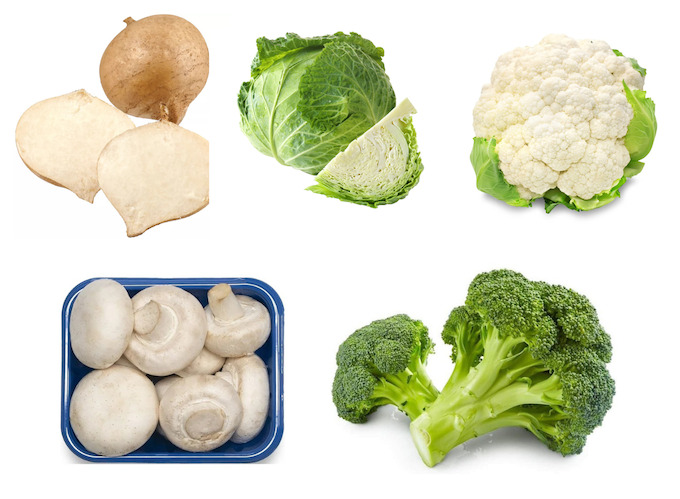
Cabbage
- Has some fiber and is a good source of Vitamin K and Vitamin C.
- Kids might like it because it’s crunchy!
- You can turn it into a slaw and add it to tacos.
- Try it raw in this Kid-Friendly Chopped Cabbage Salad.
- Or cook or roast it in things like Roasted Cabbage Wedges, Fried Cabbage with Apples & Bacon or One Pot Cabbage Lasagna.
Jicama
- Great source of vitamin C and high in fiber.
- High in inulin which is a prebiotic fiber that can be used by the healthy bacteria in your gut!
- Here’s a little more about it and some jicama recipe ideas.
- An easy way to try it is to peel and cut into sticks and use them for scooping up your favorite dip, guacamole, hummus etc!
- Or try Jicama Fries in the oven or air fryer.
Cauliflower
- High in fiber, Vitamin C and folate. Also a source of choline!
- Doesn’t have a super strong flavor so you can mix it with things kids enjoy like cheese in these Cheesy Cauliflower Nuggets.
- Add it to a Toddler Smoothie with Hidden Veggies or oatmeal like this Chocolate Peanut Butter Cauliflower Oatmeal.
- Try Cauliflower Pizza Crust.
- Combine with eggs in these Cauliflower Cheese Egg Muffins.
Mushrooms
- Technically a fungus but is often considered a vegetable. Good source of Vitamin D and potassium!
- If your kids have tried them cooked and don’t love them, slice them up and let them try them raw.
- They mix well into pasta, especially if you chop them up small. Try this One Pot Creamy Mushroom Orzo or this Vegan Cream of Mushroom Pasta.
- Chop them up finely and mix with ground beef or turkey next time you’re making taco meat or mix some in next time you make burgers!
- Saute in butter with a little garlic powder and salt as a side dish for chicken or steak.
Broccoli
- High in fiber, Vitamin C, Vitamin K, iron and potassium.
- Let the kids cut apart the tiny trees and sprinkle water on the trees before eating them.
- Serve raw with dip or steamed with cheese sauce for dipping.
- Grate into “broccoli sprinkles” and add to pizza.
- Roast it to make this Easy Crispy Broccoli.
- Try this Broccoli Cauliflower Cheese Soup.
- Add to Pizza Rolls.
- Try broccoli slaw instead of regular broccoli. Add it to noodle-based dishes like this Instant Pot Peanut Noodles.
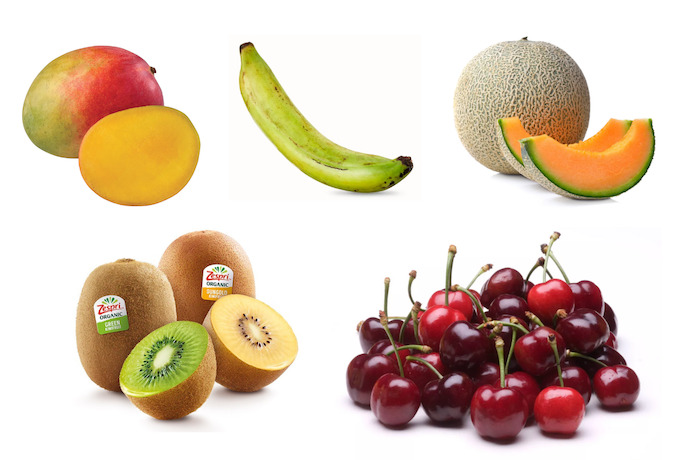
11 New Fruits To Try
A lot of kids start with fruits like strawberries, blueberries, grapes, bananas, peaches and pears but there are so many other great fruit options out there that provide important nutrients and taste great as well!
Mango
- A good source of Vitamin C and contains Vitamin A and folate. They’re also a good source of both soluble and unsoluble fiber.
- A fun kitchen activity for kids is learning how to cut a mango. Cut some up and eat it plain or try it in some mango salsa!
- Learn how to select a ripe mango and make some Mango Chia Jam.
- If they don’t like fresh mango, try dried mango strips.
- Need more ideas? Here are 50 Healthy Mango Recipes for Kids
Plantains
- They look like bananas but are typically cooked before serving. They’re green when unripe and turn yellowish/black as they ripen.
- Green plantains are starchy and similar to potatoes. As they ripen they get sweeter.
- They’re a source of resistant startch which acts as a prebiotic to feed your good gut bacteria.
- They contain fiber, Vitamin C, Vitamin B6 and magnesium.
- Try making plantain chips (or buying some at the store to try!)
- You can also make plantain pancakes, sticky sweet fried plantains or oven baked plantains.
Kiwi
- They come in two colors so be sure to try them both – green and yellow gold! Learn more about the differences here.
- A good source of Vitamin C and fiber. Most of the fiber is in the skin – yes you can eat it!
- Also a good source of Vitamin E and prebiotics.
- Try them raw. They’re great to pack in lunch boxes! Or make these Easy Kiwi Pops.
- Change things up and try this roasted salmon with kiwi salsa.
Cantaloupe
- Has a high water content so can aid hydration.
- Good sources of Vitamin C, Vitamin A and potassium.
- Kids love using a melon baller to scoop out balls of cantaloupe to eat!
- Try adding it to a cantaloupe smoothie.
- You can make grilled cantaloupe!
- It pairs well with prosciutto to make a melon prosciutto salad with mozzarella.
Fresh Cherries
- There are several different varieties. Bing and Rainier are great for eating fresh as a snack.
- Good sources of vitamin C.
- Buy a $5 cherry pitter and let the kids go to town pitting the cherries before they snack on them.
- Try them in these Cherry Oat Bars.
- Make a Cherry Limeade or add them to a Cherry Smoothie Bowl.
- You can also add them to muffins, oatmeal etc. similar to the way you add other berries. Try this Easy Berry Cherry Baked Oatmeal.
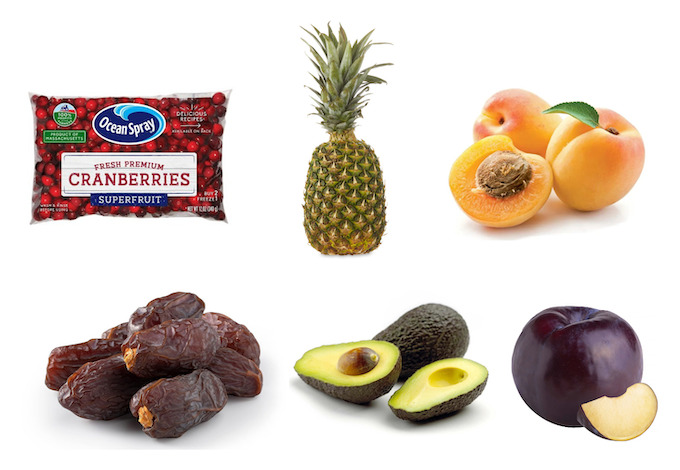
Fresh Cranberries
- Good sources of Vitamin C. High in antioxidants, especially phenols and anthocyanins. Many consider them a superfruit.
- You can also try them dried but keep in mind dried cranberries often have added sugar.
- This Fresh Cranberry Sauce is great on oatmeal, waffles etc as a change from regular jelly.
- Add a little tartness to sweet muffins like these Fresh Cranberry Muffins.
- For savory options try this Cranberry Chicken Recipe or this Cheesy Turkey and Cranberry Monkey Bread.
Pineapple
- Rich in Vitamin C, manganese and other antioxidants.
- Contains digestive enzymes that might aid in the digestion of meat.
- We love using frozen pineapple in our favorite Strawberry Smoothie or make Pineapple Orange Banana Popsicles.
- Recreate the famous Pineapple Dole Whip.
- Canned pineapple is a great option for lunchboxes.
- Use canned crushed pineapple to add sweetness to meatballs like these Carrot Pineapple Turkey Meatballs.
Apricots
- Rich in Vitamin A and beta-carotene – they’re good for your eyes!
- Cut them up fresh and make a yogurt parfait. Or try them grilled with yogurt or ice cream!
- Try dried apricots in a trail mix or these Apricot Bliss Balls.
- Use them like peaches to make an apricot crisp.
- Or try a stone fruit slaw to serve on tacos, over chicken etc.
Dates
- High in fiber and antioxidants like flavonoids.
- Try them sliced to remove the pit and stuffed with peanut butter or cream cheese.
- Cut them up into bite-sized pieces for toddlers to eat similar to raisins.
- Use them to naturally sweeten baked goods like these Gluten-Free Sweet Potato Brownies and Zucchini Oat Bars.
- Try my Go-To Energy Balls for an easy snack. Or one of these Kid-Friendly Energy Balls recipes.
- Make a frozen treat like this Date-Sweetened Chocolate Peanut Butter Ice Cream.
Avocado
- High in fiber and good fats like monounsaturated fats.
- They also contain Vitamin C, Vitamin E, Vitamin B6 and more.
- Get out the potato masher and let the kids make guacamole to try with chips!
- Try one of these 10 Ways To Serve Avocados To Kids.
- Add some to an egg sandwich or make avocado toast with their favorite toppings.
- Add some to your next cheese quesadilla to turn it into an avocado quesadilla.
- If you don’t love the taste, cube and freeze it to add to smoothies for the health benefits.
Plums
- Good source of Vitamin C, A and K.
- Add them to your next batch of applesauce to make Plum & Apple Compote.
- Slice and eat them like a nectarine.
- Try Easy Stewed Plums.
- Make a Plum Crisp.
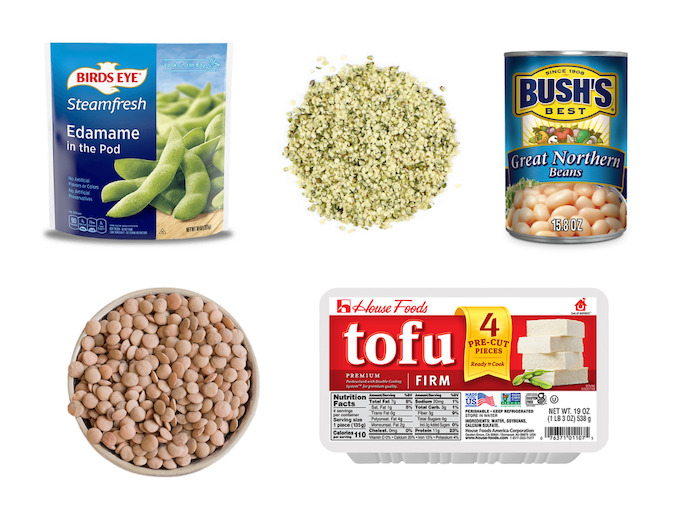
10 New Protein Sources To Try
Most people think of meat when they think of protein, but if your kiddos aren’t crazy about meat there are a lot of other protein sources out there to try. And if they do like meat like chicken, remember there are other meat options out there like steak, pork, sausage etc to try as well! Here are some ideas for new protein sources to try:
Edamame
- Whole, immature soybeans that grow in pods. You can buy them in pods or pre-shelled.
- Good source of Vitamin K and folate.
- Try dried edamame for a crunchy, salty snack kids might love!
- Grab a steamable bag in the freezer section and serve with butter and salt.
- Or mix them into a stirfry like this Beef and Broccoli Edamame Stirfry or soup.
- Turn it into a dip like this Creamy Edamame Dip or this Cilantro Lime Edamame dip similar to guacamole.
- Mix into a crunch salad like this Cashew Crunch Edamame Salad or try Edamame Falafel.
Hemp Hearts
- Packed with healthy fats and protein. Just 3 Tablespoons of hemp hearts has 15 grams of healthy fats and almost 10 grams of protein.
- Also a good source of iron, Vitamin B6 and folate.
- Learn more about them and other healthy seeds in my Super Seeds guide.
- These are super easy to mix into any muffins, bars or pancakes you make. Just add a few Tablespoons. Try them in these Banana Flax Muffins or these Energy Balls.
- Add them to smoothies, sprinkle on peanut butter and jelly sandwiches, etc. They’re barely noticeable and pack a big nutrient punch.
- You can also mix them into oatmeal, overnight oats or chia pudding like this High Protein Carrot Cake Chia Pudding.
White Beans
- Great source of protein and fiber. Also provide folate, magnesium and Vitamin B6.
- These are perfect for mixing into baked goods like my Sweet Potato White Bean Bars.
- If your kids like quesadillas, try these White Bean Quesadillas.
- You can puree them with broth and add to soups to thicken them.
- Or use them to make a dip like this Whipped Avocado White Bean Dip.
- Try them in a pasta and white bean salad.
- Add them to your next bowl of pasta with marinara sauce or pesto.
Lentils
- Great source of protein and fiber. Packed with B vitamins, and iron.
- Learn how to cook lentils on the stove. I make a whole bag and portion them to freeze so I have them to easily pull out and use.
- Try them blended into muffins like these Lentil Banana Muffins or make Roasted Lentils to add to trail mix.
- Mix them in with ground meat next time you make taco meat or spaghetti sauce like this Red Lentil Bolognese.
- Red lentils especially tend to fall apart and blend nicely into sauces and soups. Here are 15 Red Lentil Recipes.
- Try this One Pot Pasta with Cheesy Lentil Sauce.
Tofu
- Tofu is condensed soy milk pressed to different firmnesses.
- High in protein and a good non-dairy source of calcium.
- Try making this Crispy Baked Tofu with their favorite dipping sauce or these Crispy Tofu Nuggets.
- Use crumbled tofu in a kid-friendly soup like this Taco Soup.
- Blend silken tofu into this Silken Tofu Berry Smoothie.
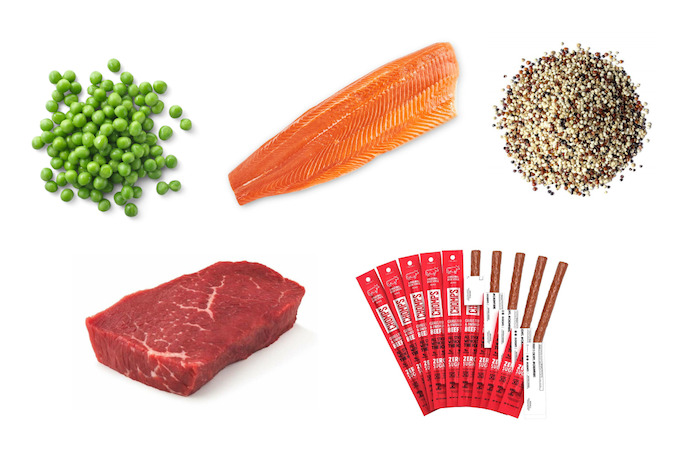
Green Peas
- A half cup of green peas contains 4 grams of protein and 4 grams of fiber.
- Also a good source of Vitamin A and Vitamin K.
- Keep it simple and throw some frozen peas into the pasta water for the last few minutes the next time you make mac and cheese.
- Try these Pea Fritters.
- Learn how to cook frozen green peas so they’re not mushy and add some butter and salt!
- Try them roasted for a crunchy snack like these Roasted Parmesan Peas.
- Bake them into these Chocolate Pea cookies.
- Pair them with pasta in this Ravioli with Peas and Pancetta.
Salmon
- Great source of protein and omega- 3 fatty acids. Also high in selenium and Vitamin B12.
- Smoked salmon can be a good starting point. My kids love Honey Smoked Fish Salmon.
- Try this easy Oven Baked Salmon with a honey mustard glaze.
- Make these 5 min Air Fryer Salmon Bites.
- Instead of chicken nuggets, try these Crispy Baked Salmon Nuggets.
Quinoa
- Naturally gluten-free and high in fiber, it’s also a good source of protein, B vitamins and magnesium.
- If your kids like rice, try mixing in some quinoa with it next time!
- You can add quinoa to pancakes like this or these Quinoa Breakfast Cookies.
- Mix some into your next batch of tacos or chicken quinoa enchiladas.
- Try a twist on pizza with these Cheesy Quinoa Pizza Bites.
- Try these Quinoa Krispies on yogurt
Steak
- Good source of B vitamins, iron and niacin.
- Try these Air Fryer Steak Bites.
- Use small pieces of steak in things your kids already like such as tacos, steak quesadillas, wraps, etc.
- Serve it with something familiar like fries in this recipe for Steak Frites.
- Kabobs are fun for kids to make and eat. Try these Soy Ginger Beef Kabobs.
Jerky
- Can be high in sodium so not the best option for everyday but fine occasionally.
- A great shelf-stable protein option that can be good for school snacks, sports bags etc.
- We like Chomps and Country Archer.
- Try different types of meat and different flavor options to find one you like.
Try New Foods FAQs
What are some unique grains to cook for dinner?
If you’re looking for new grains to try, here are some to consider:
- Quinoa
- Sorghum
- Millet
- Buckwheat
- Teff
- Amaranth
- Farro
- Wild Rice
Experiment with substituting these into your favorite dishes in place of rice and pasta and also try them on their own so you can really taste the texture and consistency. Here are more details about how to cook whole grains and what to use them for.
What are some international foods I can cook at home and try?
There are lots of great unique ingredients to cook with. Some easy ones to start with are things like miso paste, gochujang and harissa.
How do I use miso paste and gochujang in recipes?
Miso is a fermented soy bean paste that is popular in many Asian recipes. It’s known for adding a salty, umami flavor and miso soup is one of the most common ways to try it. Learn more about miso here. Gochujang is often used in Korean food and is a spicy paste made of red chili peppers, fermented soy beans, rice and salt. Here’s an easy gochujang sauce.
What plant-based ingredients are trending right now?
Some plant-based foods trending right now include plant protein – especially from things like peas and fava beans and protein-rich milk alternatives like almond milk with soy protein and flax milk with pea protein. Date syrup and monk fruit are gaining popularity in sweeteners and plant-based butters and cheeses are also expanding.
What foods can help me expand my cooking skills?
Anything that requires you to learn a new preparation method, a new way to peel, cook or serve something will help you expand your cooking skills. Things like jackfruit, jicama, mango and other options in the produce section can be a good place to start.
What are some new herbs and spices I could try?
If you haven’t tried some of the more common staple spices like basil, rosemary and thyme those can be a good place to start. To expand even further, try things like turmeric, star anise, za’atar, saffron and cardamom.
What are some good high-protein foods I’ve probably never tried?
Tofu, edamame and tempeh are some plant-based proteins you may not have tried. There are also tons of different varieties of fish as well as lots of different kinds of beans and peas.
What are some common superfoods I could try?
Here are 16 Superfoods That Are Worthy of the Title that you could start with – everything from green tea to leafy greens.
What are some good beginner-friendly adventurous foods?
Some that come to mind are things like curry, pad thai and injera. A great option is to research some local restaurants that serve foods from different cultures and start there. You can sample a variety of different dishes all in one place. Then if you like one, try to recreate something similar at home!
Try Something New For Dinner
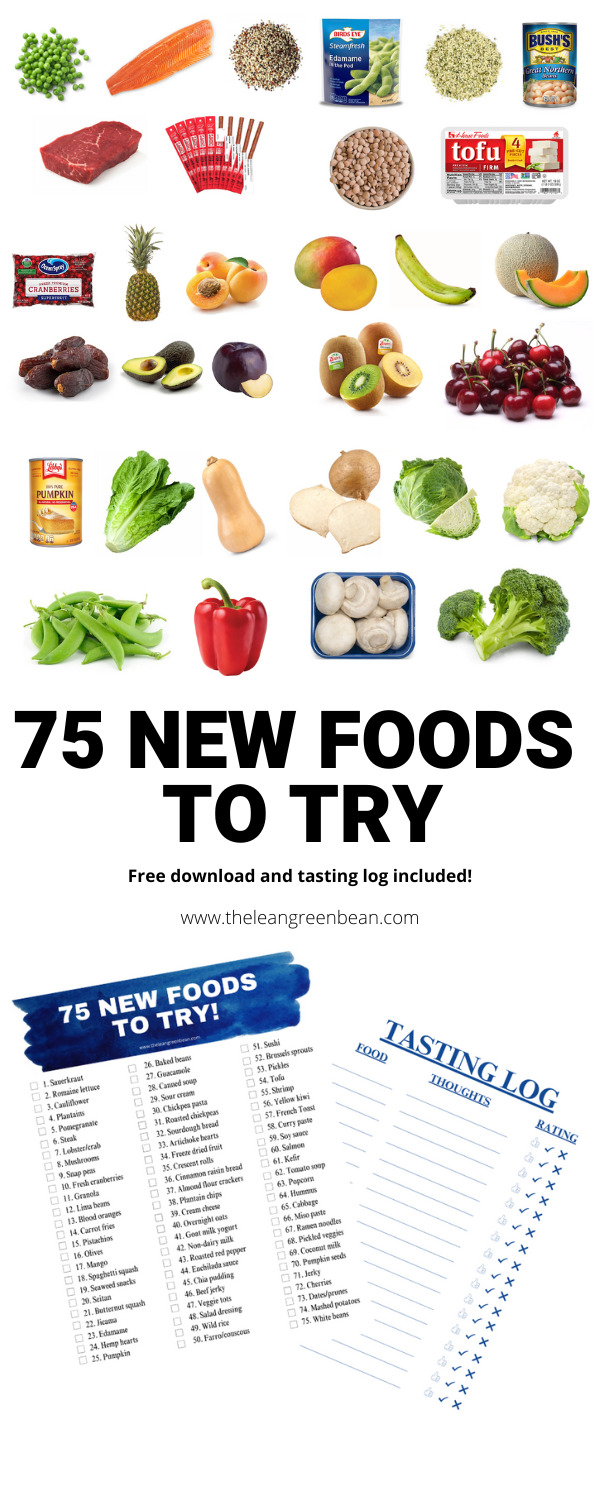
If this post was helpful, share it with a friend! Set a goal together to try at least one new food each week and use it in a taste test or recipe!
Enjoy!
–Lindsay–
Get my free Table Talk email series where I share bite-sized nutrition information about carbs, protein, and fat, plus bonus information about snacks and sugar!

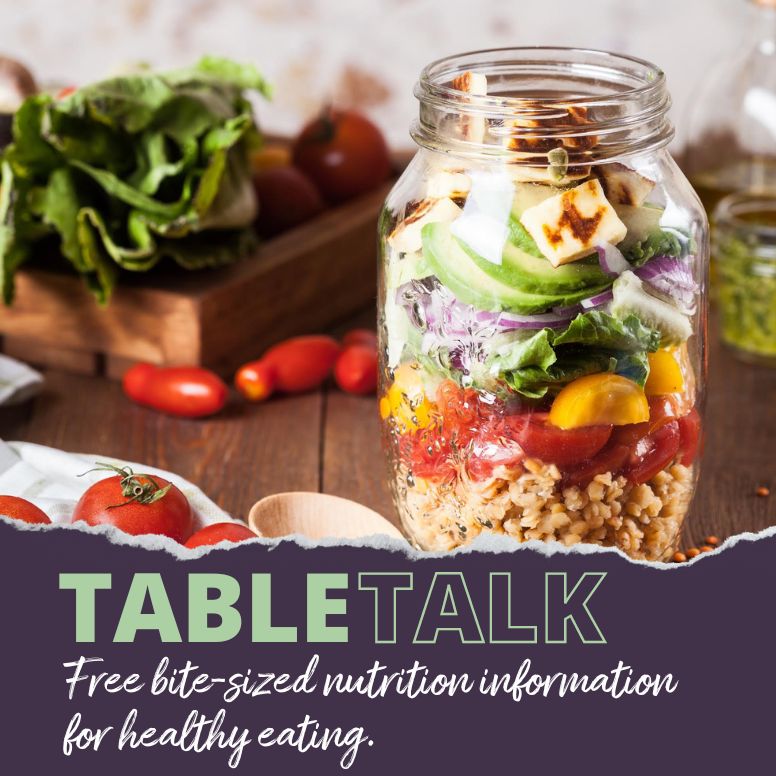
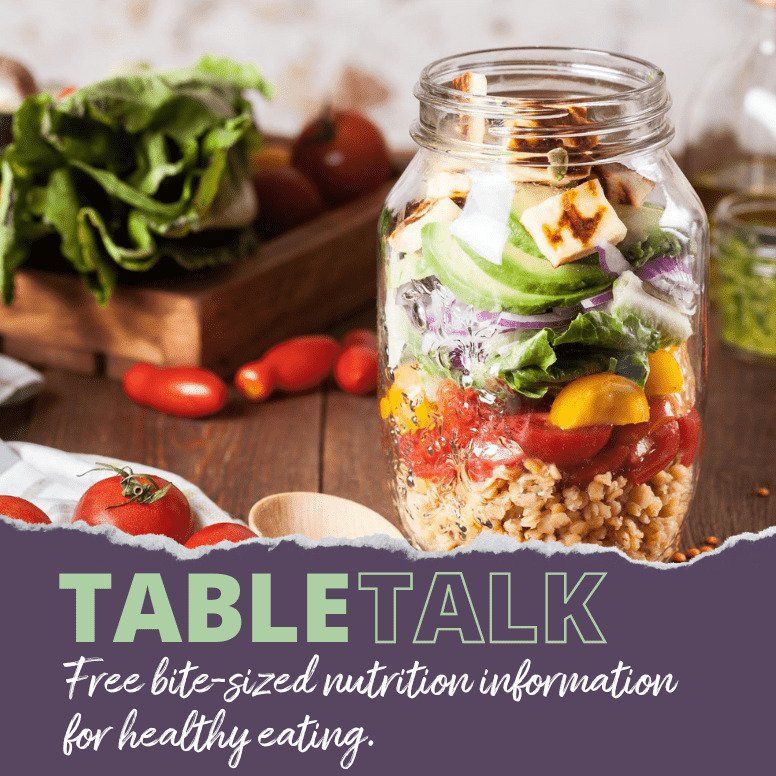
Leave a Reply